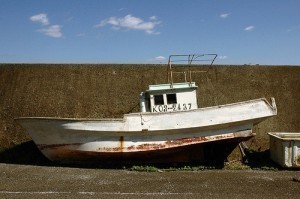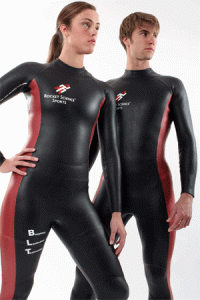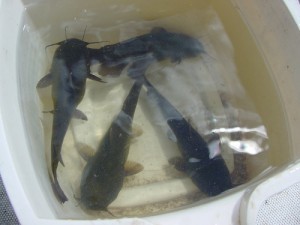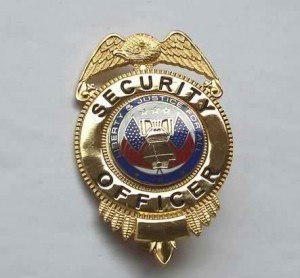The smallest boat in the world is a paper boat measuring 3.8 mm x 1 mm. But as the following will show, there are conflicting reports about the smallest sea vessel to cross the Atlantic.
Some Small Sea Vessels
When it comes to manned sea vessels, numerous names are brought up. One of the most frequently mentioned is Hugo Vihlen’s Father’s day boat. It is said to be 5 ft 4 in long.
However, some dispute this. They claim that the vessel can hardly be called a boat in the real sense of the word. In terms of vessels that have crossed the Atlantic, Robert Manry's Tinkerbelle is often cited. It is 13 ft 6 inches long.
The Caprice is longer at 18 feet. However, she is said to be the smallest sea vessel to sail around the planet. Another small vessel is John Riding's 12 foot yacht.
During the 1970s he tried to use that yacht to cross the Atlantic. It could have been one of the smallest boats to cross the Pacific and the Atlantic. However, Riding and his yacht vanished without a trace while in the Tasman Sea.
The 3 ft 11 in Vera Hugh II was the smallest vessel to attempt to cross the Atlantic. The boat was the property of Hugh McNally. Another candidate would be Alessandro di Benedett’s 6.5 m long boat.
Why are Sea Vessels “Female”?
It isn’t clear as to why boats are referred to as “her” and “she”. However, there are many possible theories. It may have stemmed from the fact that boats were almost always given female names. According to one account, the ships were named after goddesses for good luck.
Over time, the boats would be named after mortal women. Often, sailors named the boats after their loved ones especially mothers. This was quite ironic because during ancient times women were thought to bring ill-luck to ships.
Another theory is that the English language once had a grammatical gender system that has now disappeared. Recently however, there are people who want boats to be gender neutral. This is now being practiced by some companies. But the habit of naming them after females is still being done.
The facts mentioned above indicate that it isn’t easy to determine the smallest boat to sail across the Atlantic. Adding to the difficulty is trying to define what a boat is. To this day though, one can expect more people to attempt to make even smaller boats.






